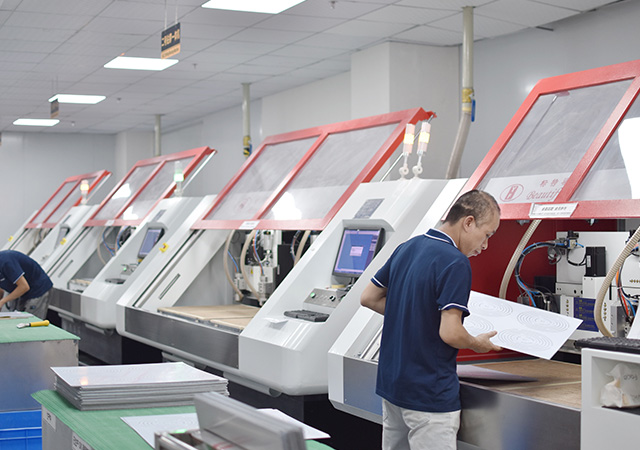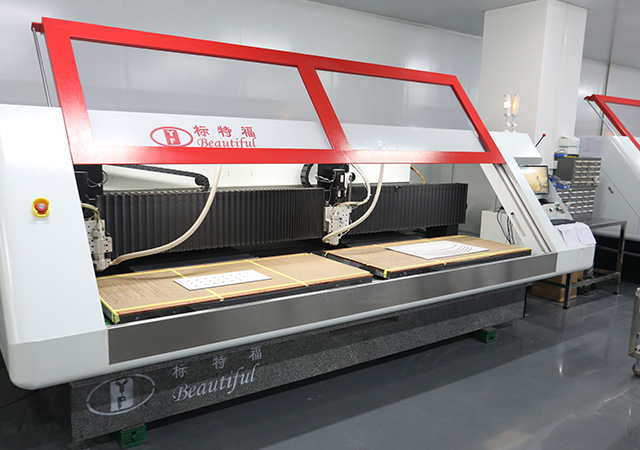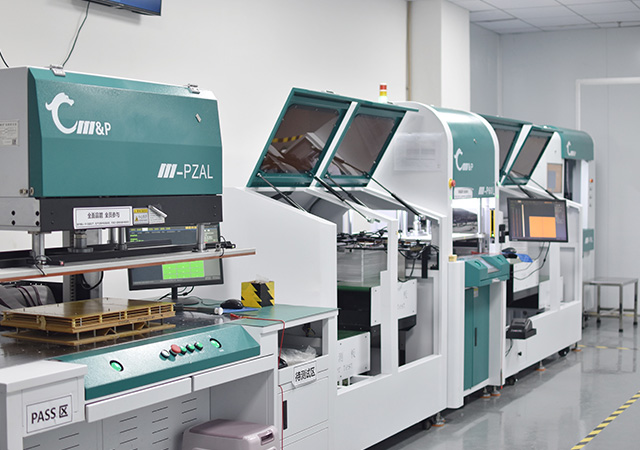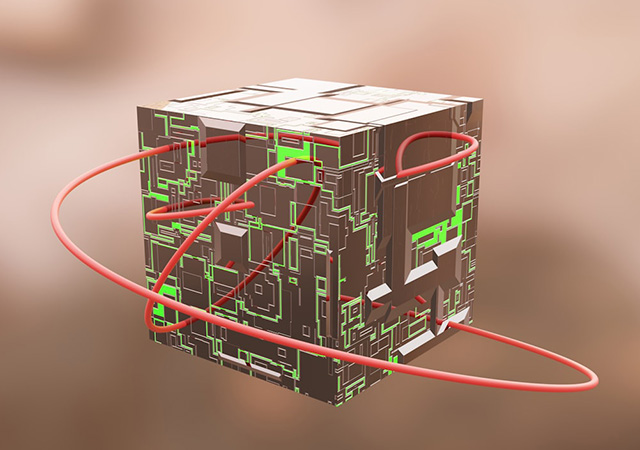-
- PCB TYPE
- PRINTED CIRCUIT BOARD PROTOTYPE ALUMINUM PRINTED CIRCUIT BOARD R&F PCB FPC HIGH FREQUENCY PCB HIGH-TG PCB HEAVY COPPER PCB HDI PCB PCB FOR LIGHTING METAL CORE PCB

Explore the fundamental RF microwave PCB design principles, including material choice, impedance matching, and thermal management for optimal performance.

When it comes to high-frequency applications, the demand for efficient and reliable circuit boards is paramount. The 24GHz RF microwave PCB is a critical component in the world of electronics, particularly for applications in wireless communications, radar systems, and satellite technology. In this article, we will delve into the intricacies of 24GHz RF microwave PCBs, their design considerations, and their significant role in advancing modern technology.

Discover the intricacies of RF microwave PCB fabrication, focusing on key techniques and design considerations essential for high-frequency applications.

Choose the right PCB manufacturer to enhance your project's success. Discover key considerations like design, assembly, cost, and quality in our guide.

Explore the fundamentals of RF circuits, essential for wireless communication. Learn about active RF circuits, design considerations, and real-world applications.

Got project ready to assembly? Contact us: info@apollopcb.com



We're not around but we still want to hear from you! Leave us a note:

Leave Message to APOLLOPCB
